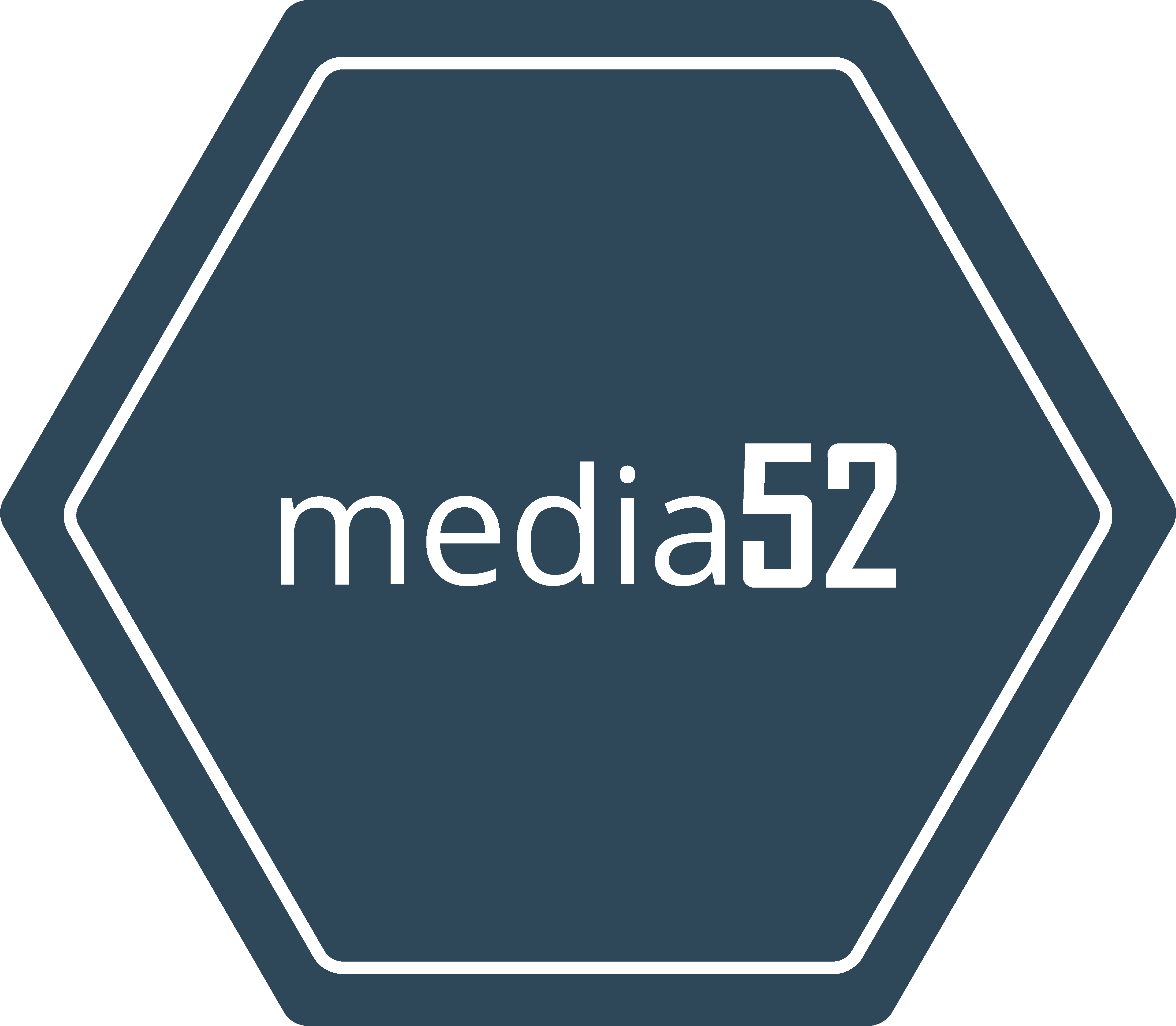NASA Funds SwRI and UTSA for Space Electrolyzer Testing

San Antonio, Thursday, 3 July 2025.
Southwest Research Institute and UTSA receive $500,000 from NASA to test a novel electrolyzer, aiming to produce propellants and life-support materials for missions to the Moon and Mars.
Breakthrough Technology in Space Exploration
The collaboration between Southwest Research Institute (SwRI) and the University of Texas at San Antonio (UTSA) has reached a noteworthy milestone with NASA awarding them a $500,000 TechLeap Prize grant. This funding supports the development and testing of a pioneering electrolyzer technology aimed at producing propellants and essential life-support materials using resources from the Moon, Mars, and near-Earth asteroids. This project, named the Mars Atmospheric Reactor for Synthesis of Consumables (MARS-C), demonstrates a leap toward sustainable extraterrestrial exploration [1][2][3].
Project Leadership and Innovation
The MARS-C project is spearheaded by a team of experts, including Kevin Supak and Dr. Eugene Hoffman from SwRI, alongside Dr. Shrihari “Shri” Sankarasubramanian from UTSA. This innovative endeavor focuses on an electrolyzer that converts simulated Martian brine and carbon dioxide into hydrocarbons such as methane. The electrolyzer is patent-pending, highlighting its novelty and potential in space exploration [1][3][4].
Addressing Space Exploration Challenges
In reduced gravity conditions on the Moon or Mars, the behavior of gas bubbles within electrolyzers poses specific challenges due to diminished buoyancy effects. This project builds on SwRI’s prior research, which investigated boiling processes under partial gravity. The goal is to understand bubble dynamics, which are crucial for optimizing the electrolyzer’s performance in generating fuel and life support compounds, thus addressing a significant gap in current space technology [1][2][4].
Testing and Expected Outcomes
The electrolyzer technology will undergo rigorous testing through parabolic flights, which simulate microgravity conditions. This effort is an integral part of NASA’s broader strategy to utilize space resources effectively and sustainably. SwRI plans to conduct comprehensive ground tests before these flights, scheduled for 2026, to establish operating procedures that ensure a successful demonstration. The knowledge gained from this project has the potential to significantly enhance the efficiency of future manned missions to other celestial bodies [2][3][4].

